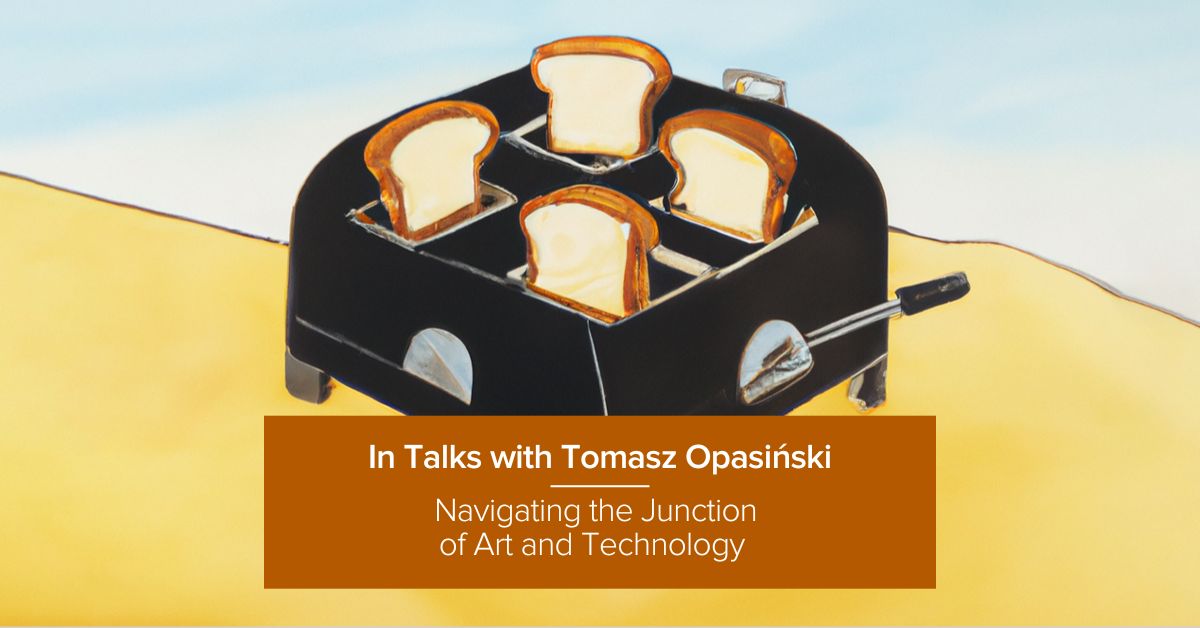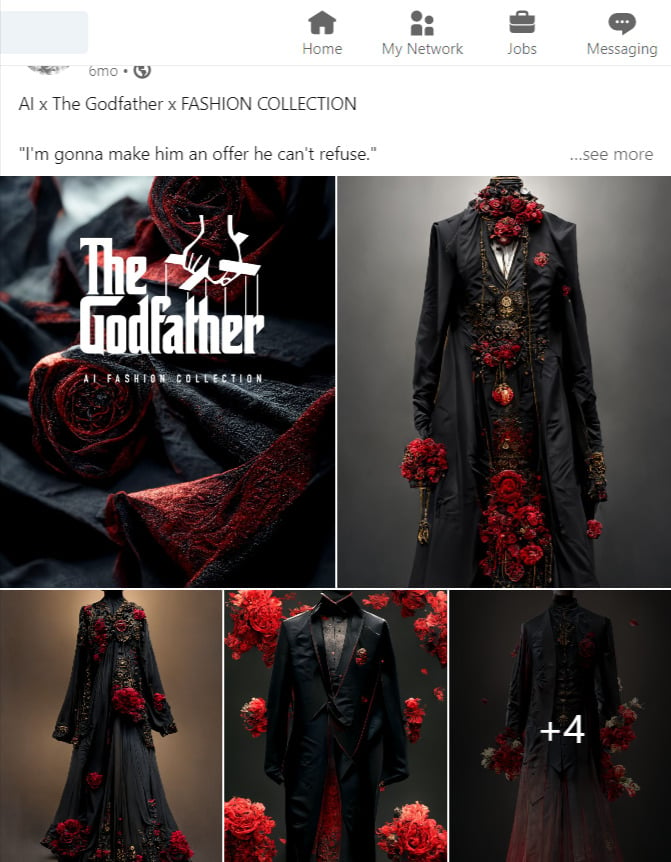The release of a number of new AI tools, like DALL-E, MidJourney, and Stable Diffusion, has caused a stir in the art community, with creatives raising concerns over the potential impact of AI on their work. Some have even gone as far as to claim that AI will render human artists obsolete, but is the situation really that dire?
Not according to Tomek Opasiński, an award-winning Graphic Art and Design Creative, who believes that, far from replacing humans, AI can actually enhance their creative practice. In an interview with Edyta Kowal, Displate’s former Director of Brand and Comms, he discusses the potential of new technologies and how artists can use them to their advantage.
Edyta Kowal: I hear you’ve been dabbling in AI lately. However, most artists are wary, if not outright critical, of AI-generated art. So, is there anything to be afraid of?
Tomasz Opasiński, a creative technologist by profession and an iconoclast by heart: I see it like this: I am probably in the minority; I’d say it is perhaps not so much that I’m NOT afraid of it, but I actually love it despite that. Because for me, it is like this—when color movies first came out, or motion picture in general, people also thought that certain things would never be as they used to be. When digital art emerged, everyone thought that oil painting would die. Meanwhile, it is worth more today than digital art, etc. We have this fear of the unknown—it’s natural. But as human beings, we are so creative that we always manage to overcome it. The way how some companies resource the data—is a different story.
EK: So, do we instinctively demonize what we don’t know?
TO: Yes, it is difficult for us to imagine some things. Many people have an amazing imagination, but there are things we can’t imagine, such as the kind of reach that TikTok offers. The same is also happening with artificial intelligence and machine learning in general. There used to be DOS on PCs—like “prompts” in the current state of generative tools. Today I’m working on something that would be the graphical equivalent of Windows in this comparison. Nobody can replace my imagination…
EK: Can AI help unlock it?
TO: Every artist wants to be unique. That’s how you make money as an artist. That’s how you monetize art. You find a niche for yourself, such as carving from wood or ice and fire, and then you are unique; no one else can do it like you. You create your brand (BTW: I hate that term), and that’s how you make money.
However, there will come a time when AI models will be specialized enough for everyone to find their niche. Use AI as a digital foundation, then build on it to do your own thing. Then everyone will be able to be unique. I’ll be able to type in, for example, that I want to make something like spaghetti, and I’ll find the spaghetti I wanted and build on it. Who knows, I might even become famous for it. I hear someone became famous for tomato soup cans or something. 🙂
This was exactly the case with my posters, although I did not use AI with them. There are millions of posters, millions of people also use Photoshop, yet I managed to find my style and stand out. It’s the same with AI. It’s kind of like the next Photoshop, just a little more complicated—as of today.
EK: Skeptics often cite copyright issues to argue against AI. What is your position on this?
TO: Obviously, this is not okay. A couple of companies just went off the rails, and something tells me that soon enough, we will have quite a few lawsuits going on. I heard that one is already underway. Warhol Estate—they’ve already started suing people. It’s a kind of sieve. I guess the ground has been hit. Is that a bad thing? Is it a good thing? There will always be someone who will be outraged, and someone else will be delighted. Let’s wait for versions 2.0 and 3.0, and I guarantee you that in some time, there will be fewer such cases. People will come to their senses. They will think: It was wrong what these guys did. They are some novices in this field, but now we will take version 2.0 and make it right.
There is a saying that I love that revolution devours its children, and this is it. Some of those children who have now launched this revolution will fail, and some who will build new platforms based on this technology will succeed. So the first group is sacrificed. Something like, ‘It’s cool that you guys did this.‘ The second group hops on and does SOMETHING.
Most of my artsy friends are outraged because nerds got better creative tools than they ever did!!! Well, wait until creative folks get their hands on friendlier and more powerful tools themselves. Sometimes I compare it to racecar drivers being left in the dust by school bus drivers.
EK: Yet we feel uneasy when an AI-generated picture wins an art competition. I’m talking about “Théâtre D’opéra Spatial” by Jason Allen. Beautiful artwork, isn’t it?
TO: Yeah, it’s the one with that round window in the middle.
EK: That’s the one. People loved it. That is until they discovered it was made using AI. It seems it’s hard for us humans to classify something as art if it’s produced by a computer. Wouldn’t you agree?
TO: Art will be art no matter what medium we use. Yes, there are times when I wonder who the artist is—the person who writes the notes or the person who plays the music. Whose art is it? I compare these notes precisely to the prompts we are currently writing. I write the notes; you create an image for that. The music is already there. It is nothing more than a translation of the artist who wrote it, created it, or invented it into another medium.
And if you can find someone who loves it—be my guest, and do your thing. I’m rooting for you! On the other hand, someone who has no imagination, even if they have clay, will not produce anything meaningful. Suppose one day I’m your hiring manager. In that case, you’ll be given a test to work on—besides obvious and project-specific challenges, I’ll serve you three additional ones: no access to plugins, prompts, and tutorials.
EK: So, it’s always a matter of talent and the right tools.
TO: Yes. However, digital art has always had and will always have a problem with this human element. All my works at the end are treated with a filter to make them look like they were painted in a traditional way. But I don’t mean pretend painting; I mean that aspect of simply blurring the texture. For me. That’s why I do it. I don’t pretend it’s painted on canvas because it’s not, and it sure as hell doesn’t look that way. Just because it has streaks doesn’t mean it’s painted, but I just like that kind of blurring.
The whole process that leads to this is in my head. Then it goes through my fingers, through software, computer, and 3D, which calculates the angle of light, reflections, shadows, etc., and produces the image. All in all, this is a primitive version of AI.
EK: What other differences would you identify in the actual creative process? I mean, when you approach it traditionally vs. when you’re working in collaboration with, say, artificial intelligence?
TO: To me, it’s a bit like Las Vegas. You walk into a casino and start playing on a slot machine. You tap, and you switch machines until you find something cool. It may take 10 minutes or perhaps three days. Because the perfect thing is in your head. It’s just that our ideas are often nowhere near reality. That’s why the game goes on—question and answer—a dialogue with the machine and building a foundation.
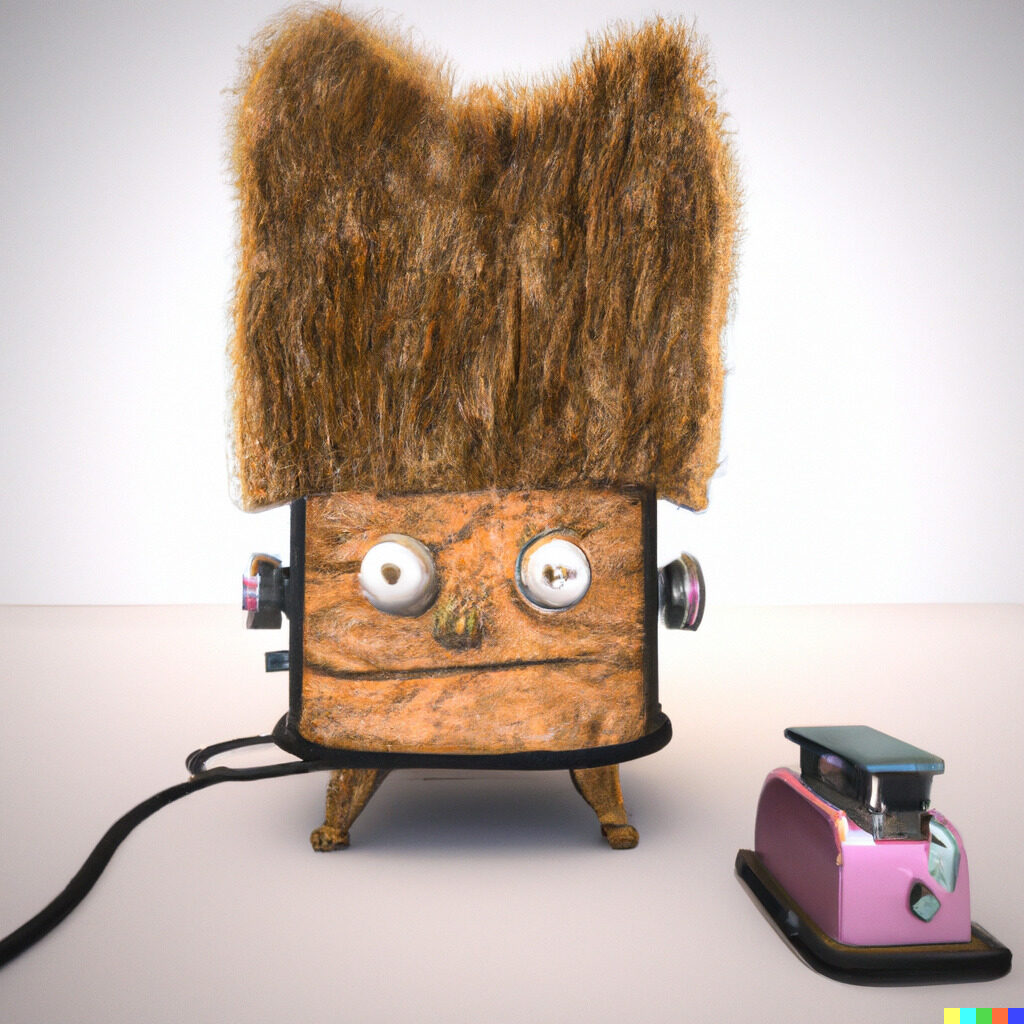
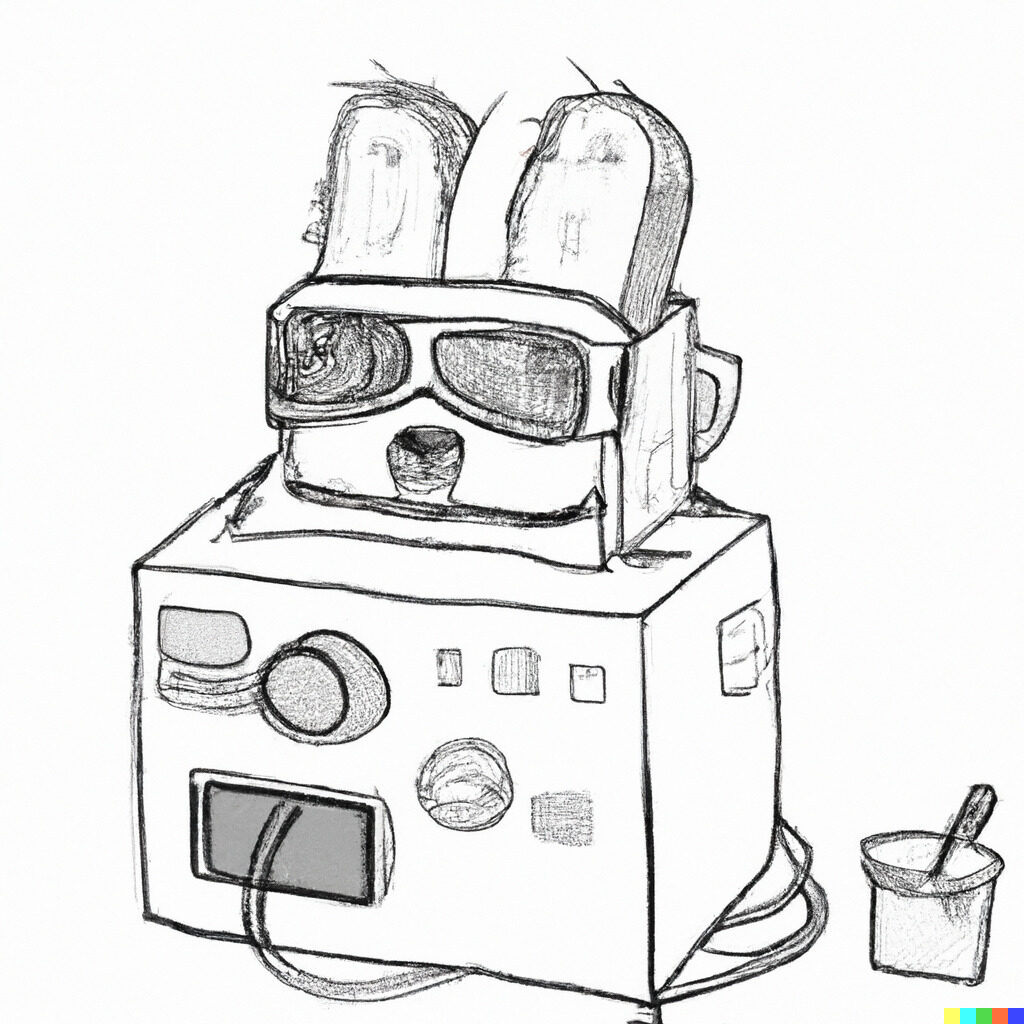
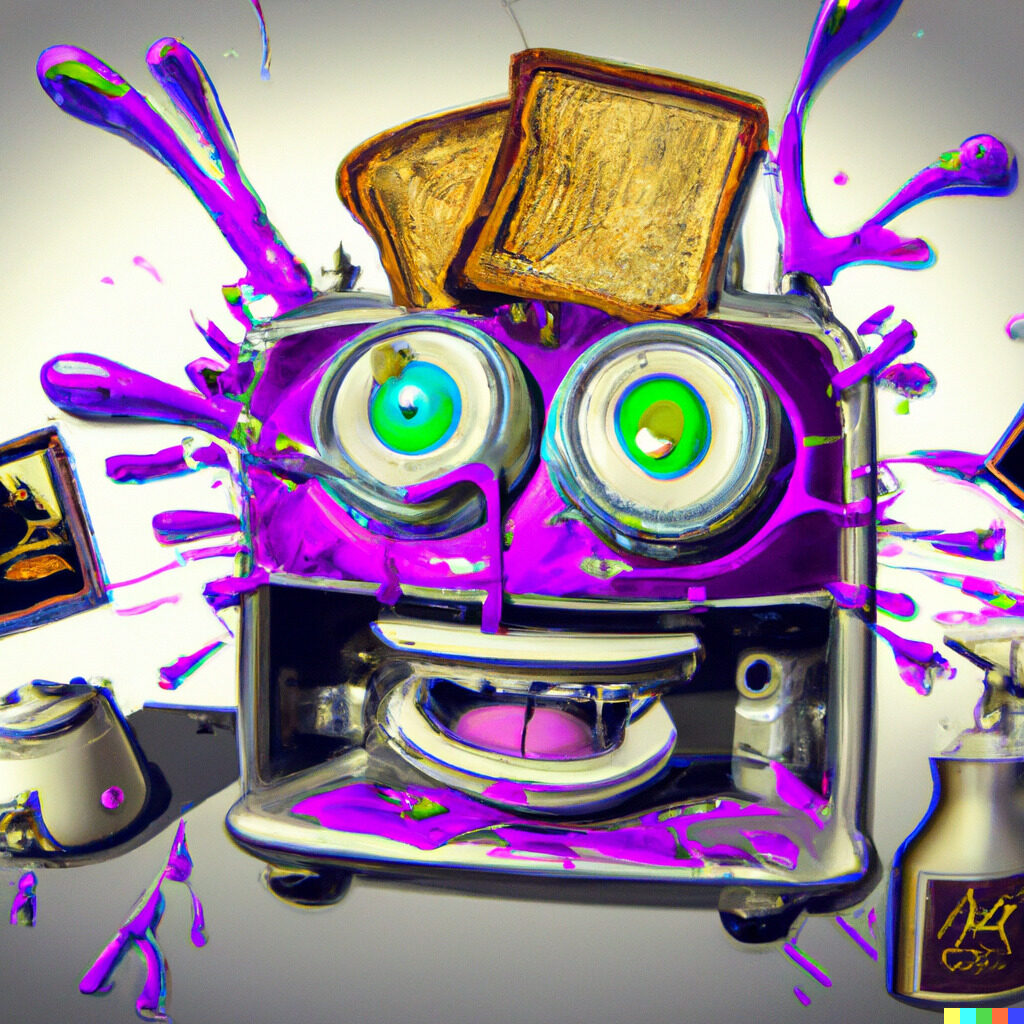
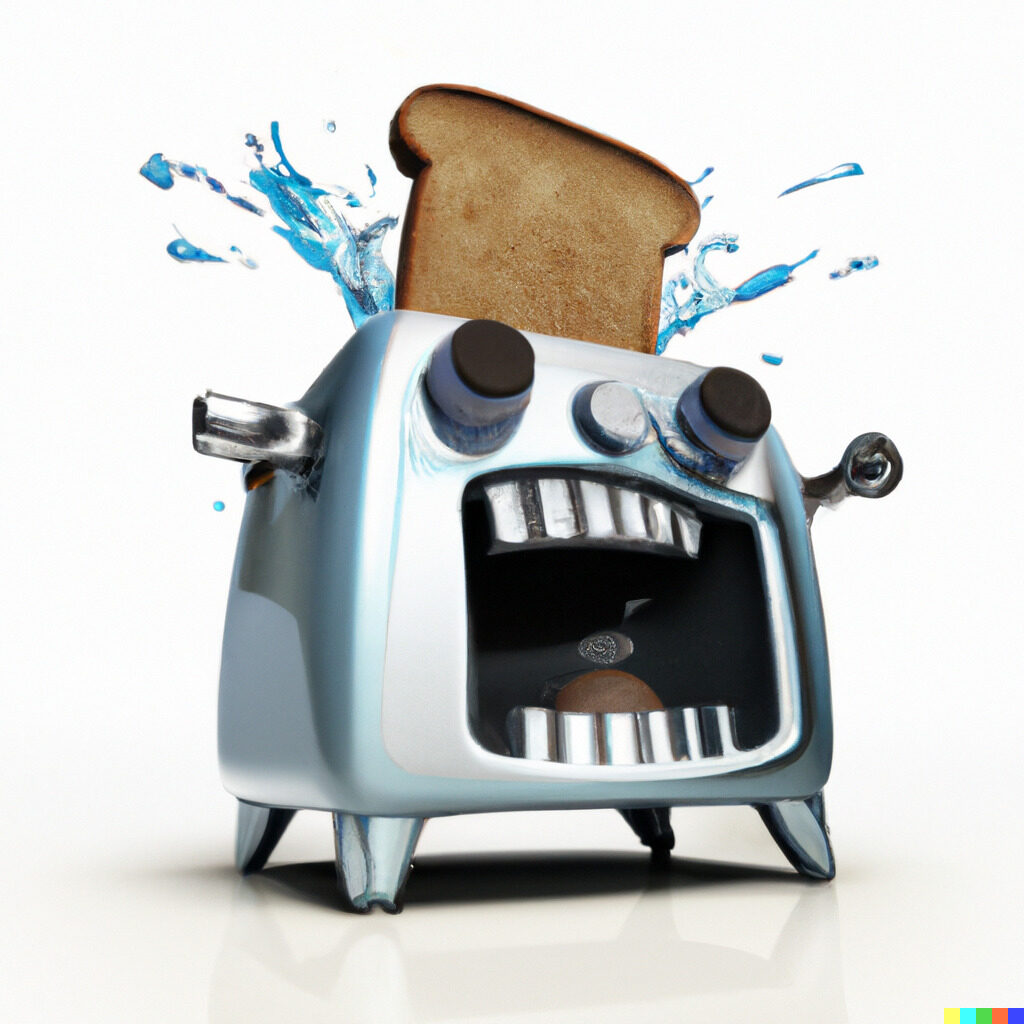
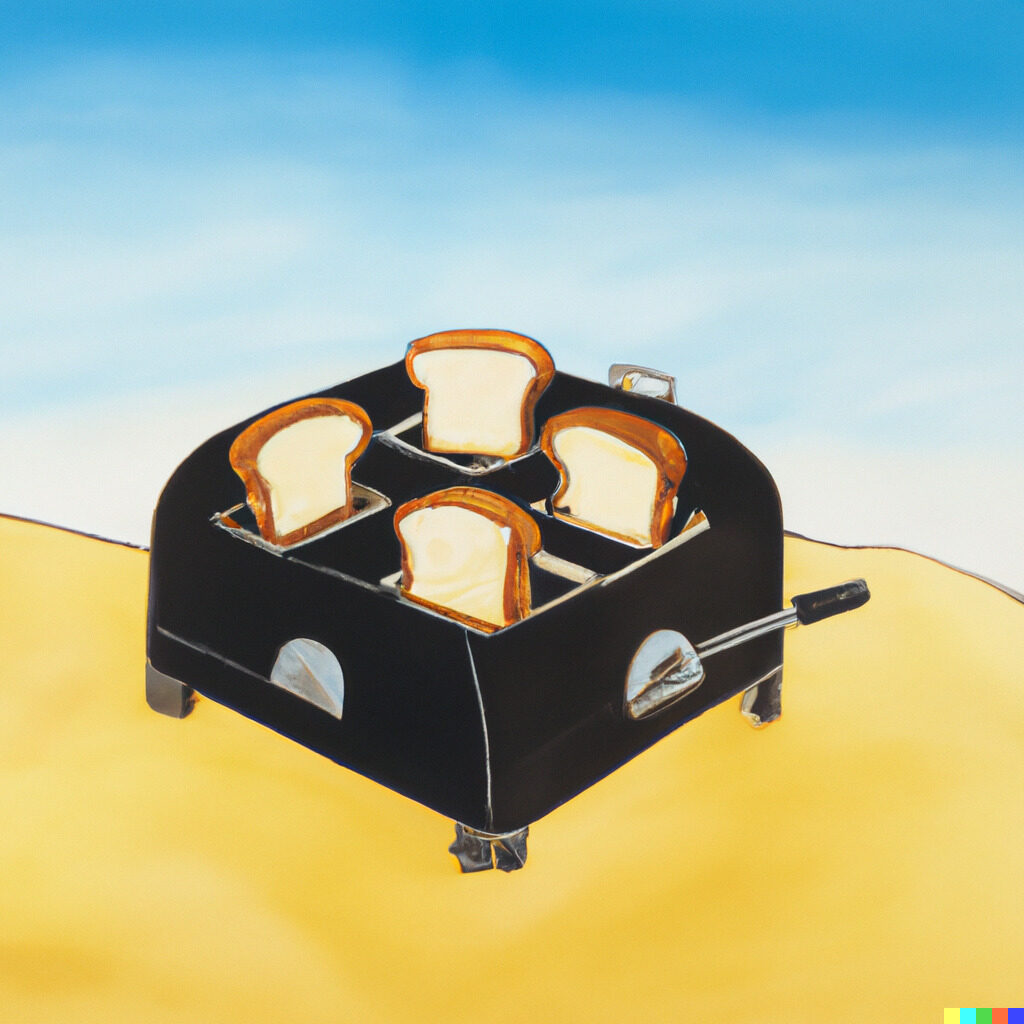

EK: A conversation between human and machine—is that how you see it?
TO: This approach makes me create something new, something I wouldn’t have done in my life, I wouldn’t have come up with it, or I wouldn’t have had the tools or access to the materials to do it. And this is what gives me such elements that I say: huh, interesting, maybe I’ll cut out this piece and put it here. Right now I’m making a poster for a festival. It might be mostly AI-powered, but I’m also trying to make it 3D. For me, these are the fragments I use. For some, it will be the whole thing. I’m totally aware of that.
You also have to look at it from a different angle—not just from the perspective of the people who create art. Imagine you are making illustrations for your children’s stories. You’re looking for inspiration. You type in specific slogans on your computer, and it shows you how those illustrations could look, how the fantasy forests, skies, and spaceships could look.
And you get something that wasn’t in your head before. For me, it’s like a breath of fresh air. It’s the same for me with movies—look how many Indiana Jones and James Bond blends we already have on the market. There’s not much originality in them. It’s the same with art.
And it seems to me that with AI, we can bounce back a little bit from this apathy—that I’ll take a piece of Campbell’s soup and a little bit of Tomek’s poster, and maybe something interesting will come out of it. What if we dump something completely out of the blue, and something else comes out? For me, this is an experiment. And we can go really deep into it, as we do when playing with, for example, textures for 3D—that’s just so cool. I think we will all only gain from it because those textures will be better, but also, the music or the movies will be different.
EK: And when did you start testing AI?
TO: About a year and a half ago. But I don’t really use to create per se, because I have my own style. I’m an old guy.
EK: Right, you already know what you like, what you find appealing, and that’s your hallmark too.
TO: Yes, anyway, I have dedicated myself to something else. One day I decided I wanted to invent new toasters and build houses out of shipping containers. All of this is just to give vent to my imagination. I play with AI because I like to test new things and experiment. To be honest, the market is already oversaturated with AI-generated imagery—I can see it. Guess what happens when the market saturates? Popularity dwindles. Only a few companies will be able to keep it fresh, be responsible about training and generation, and become an actual tool—not a gimmick. One more thing: AI is “easy money” for investors—with really quick returns, and I want you to observe the market in the next few years. Startups get financed, produce underresearched but cool-looking results, social media machine cranks popularity to the max, people pay for a trick or two… and are done with the app. Within 3-6 months, companies generate a substantial amount of money and can now disappear. Quick and easy. We often confuse popularity with quality.
EK: Keeping your finger on the pulse, I get it. But you must admit that technology has advanced dramatically to the point where AI-generated art is almost impossible to distinguish from human art. I was wondering if you are able to tell the difference.
TO: Some small things show in AI-made works. For example, it is quite easy to recognize Midjourney by its color scheme and its so-called post-processing. Details tell you a lot about the source of the image, or just look at the fingers, and you’ll see that something is not right. For now.
EK: So, is it the colors that give it away?
TO: They’re saturated, and the palette is also extensive, almost like HDR. In addition, there are also blurred elements in the background, depth of field or blurred lights, and flashes. That’s easy to pick out. Even if the subjects are varied—a dragon, a knight, a castle—it doesn’t matter. They all look similar, they have common elements. You will notice them with ease. I hope that soon we will reach a higher level and it will all be more diversified.
Because for now, we are wowed by AI and its capabilities, but this is not their peak. This is just the beginning.
EK: There appears to be a collective fascination with AI. Seems like everybody on LinkedIn is talking about it right now. Many people are playing around with AI art generators and are amazed at the results.
TO: Here, I’m in contact with professional artists, and they know that the final work goes through so many approvals and changes that you can’t do it using AI. Yes, you can prepare a base, a concept, but then you have to change it anyway so that it fully meets the requirements so that you can create a 3D model from it, so that it animates nicely, has smooth muscle movements, and so on. So that’s going to take some time 🙂
But! There are things, such as Matte Painting, where this generation of backgrounds is great. And do I want to paint backgrounds? Not really. I’d rather have the AI do the background for me; I’ll do some mid-ground, and there you go, we have a nice composition. Except that again, the client comes and says: Listen, I don’t like this mountain, this cloud sucks, it’s too wide, it’s too colorful. And what do I do? I roll up my sleeves, open Photoshop, and get to work. So AI is just a tool. Assistance. If someone takes a different approach and signs with their name what AI will spit out for them, I don’t think they’ve ever actually worked on anything with a client.
EK: Couldn’t agree more. On another note, recently, you re-posted some AI-generated fashion designs inspired by the Godfather on LinkedIn. I was struck by how wonderfully fleshy those floral embellishments came out. I had to fight an urge to reach out and touch them.
TO: How cool would it be to have it printed in 3D?
EK: You bet!
TO: One problem I have is that we don’t have a good resolution right now, but the new Midjourney is supposed to improve that. And it’s going to be really interesting. Anyway, see how Nike is already playing with it—after all, it’s just amazing. At first glance, their designs don’t make sense because the pocket goes into the sleeve, the butt connects to the chest, and the shoelace goes through the jacket. But that’s the point—this is something new; it’s not obvious. Would it be possible to actually produce something like this? Perhaps 80% yes. And, geez, it would be pretty groundbreaking. Because we see quite many similar things all around, and we have grown tired of it. AI offers us inspiration and new insights and fuels our imagination. And I know some people may feel threatened by this, but we always manage to get out of it somehow. Feature films were supposed to replace radio and digital—oil painting. And what happened? Radio has now evolved…
EK:… into digital podcasts. It’s an old story. Whenever some new technology comes up and disrupts the status quo, people are apprehensive at first. And frankly, I can’t blame them. How would you feel if someone prompted AI to do an image in Opasiński style, then signed it with their name, and made money from it? You’d be pissed, wouldn’t you?
TO: You know what, yes and no. I’d be annoyed that it worked. But at the same time, I would be jealous of that someone’s bit of genius. Eventually, it would give me food for thought and push me to look for a new style since this one can be replicated so easily. My art tells the story about a particular movie or video game – so it’s not only technique but THE STORY that has to be told.
EK: So you would take that as a ‘challenge accepted’?
TO: Yes. Well, I’d think, fine, you’re doing it, then maybe there is something else I can try. If I already have this personal brand, which is recognizable enough that the machine uses it, I would feel safe, first of all. Good luck with imitating the Opasiński style. If you can do something cool, then high five. If I can handle it somehow and make some money from it, that’s fine by me. If someone is impersonating me, it’s a bit not cool, but all in all, good luck. The things I do go through hundreds, if not thousands, of edits. So the fact that someone will take it and do something with it, add some text and release it to the public doesn’t change anything. Their brain is not developing as much as mine, which was creating that thing and was involved in the whole process. Such impersonation or relying 100% on technology is not long-term—that’s how I see it. Okay, he will create 5 or 10 of these works, and then what? What can this person really do? He created ten posters like Tomek Opasiński. There will come a time when interest in this will drop, and you will have to do something else. What then? Another theft of other people’s works, copying someone else’s style? Good luck taking those generated “posters” and calling some of my clients offering “Opasinski for cheap”… 🙂 Good luck with REVISIONS those clients will unleash on your cheap approach. 🙂 Anyways…
EK: Easy for you to say because you simply have talent.
TO: I have already made a name for myself. I have specific fields in which I am fulfilling myself and clients for whom I do things. But above all, I am constantly creating. And my talent is not dependent on AI or any other tool because I am constantly experimenting and developing. If I were such a person, I would worry about what would happen to me when, for example, such technology disappears or goes in a direction that doesn’t suit that person. Your most important tool, my dear artist, is your brain. Use it.
If this main engine, right here in your head, doesn’t work, then you are very, very limited. It’s not like you’re going to have one style all your life. It also evolves. It works that way in absolutely every field of art: film, music, posters.
EK: In other words, your biggest resource is the one between your two ears.
TO: Exactly. Solutions like Midjourney offer you maybe 2-3 styles. The models have built on that but nothing else. And if a client comes to you now and says: Hey, do it ‘romantic comedy’ style, this system doesn’t have that model in it… it can’t generate that. And then you’re screwed. You don’t do it. You just do the things that the tool allows you to do.
EK: And this is probably the crux of the problem. Either you feel confident in your skills and consider AI another tool under your belt at best (and an overhyped fad at worst), or you don’t, in which case no amount of AI-generated output will help you.
TO: Exactly. To be honest, I have not seen any signs or petitions for “No Templates” in any software that uses them, but a template is one of nature’s biggest cheats. 🙂 We’re very selective in this field. 🙂
EK: How long do you think it will take for AI to go mainstream and become the new normal that we understand and feel comfortable with? Is it here to stay, or is it just a passing trend?
TO: Here, we have several concurrent problems, and trends also play a pretty big part in this. They are like a rumor, very contagious, they mess with our heads a little bit, and we have this false impression because of the media that the end of the world has come, everyone is already using it, and I’m out of work. This is not quite true; these trends pass.
EK: And come back.
TO: And they come back, then change, etc. If we operate only on these trends, we would be very edgy people. We would die of a heart attack after three weeks because we would be tossed around by emotions. We need to handle them calmly, just like we approach Photoshop, which offers us filters, blur, sharpening, etc.
I used to work at Critical Mass in Warsaw, and we had several TV sets on each floor, all playing MTV (back when they still played music videos). And the reason for this was to break the deadlock. If there was some color, form, and movement, it broke our thinking and made us move on. That doesn’t mean I copied anything from these videos, but it made me break the impasse. And this tool doesn’t do anything other than that—it helps me break that impasse. I get blocked, I don’t know at what angle to do these light bulbs, then I type in 15 light bulbs falling from the sky, I look through the results, and suddenly I say, oh! this is actually interesting! And I don’t even use this image because the resolution is shitty, and these bulbs are not quite how I’d do them.
EK: AI as a cure for artist’s block?
TO: Yes, and I say okay, good, I finally found some angle, some flow in this image. I will replicate it—but I’ll do it manually. And now it’s getting unique. And there are still so many potential places where it can work, but like with any other art or anything new, we just have to approach it without too much emotion, feel it, play with it, and see if it really helps or hinders us. Does the fact that I make a painting like a Beksiński make me a Beksiński? No. And what will I do with this Beksiński painting? What, am I going to pretend I’m Beksiński? Why would I do that?
Maybe I can make one or two and sell them to some gullible guy as originals. But that would last a month. I’m looking at practical applications. Right now, I’m testing, for example, a program called Project Stardust with Adobe. It’s not yet headed in the direction we’d like, but it also takes a different approach to the image. While in Photoshop, you select pixels, this program makes you deal with objects. So I take, say, you, move you to the left, and this artificial intelligence fills in everything behind you. I take your eyes, open and close them, etc. So, with the group, we wanted to create a new program. The old Photoshop is for us just pixels, pixels, pixels. You push those pixels, you make the selection, and in this new one, the tool helps you. It’s faster, easier, etc.
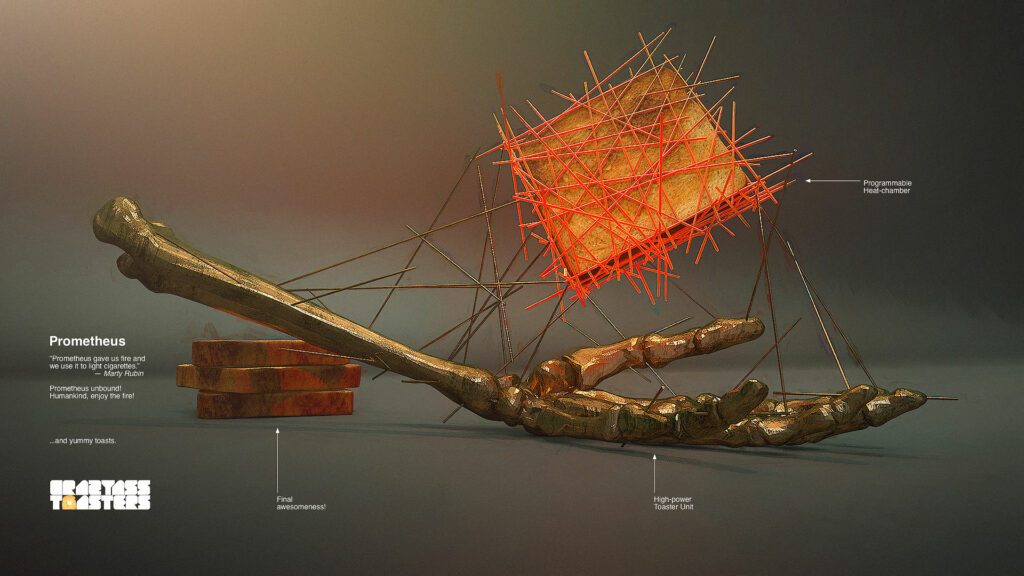
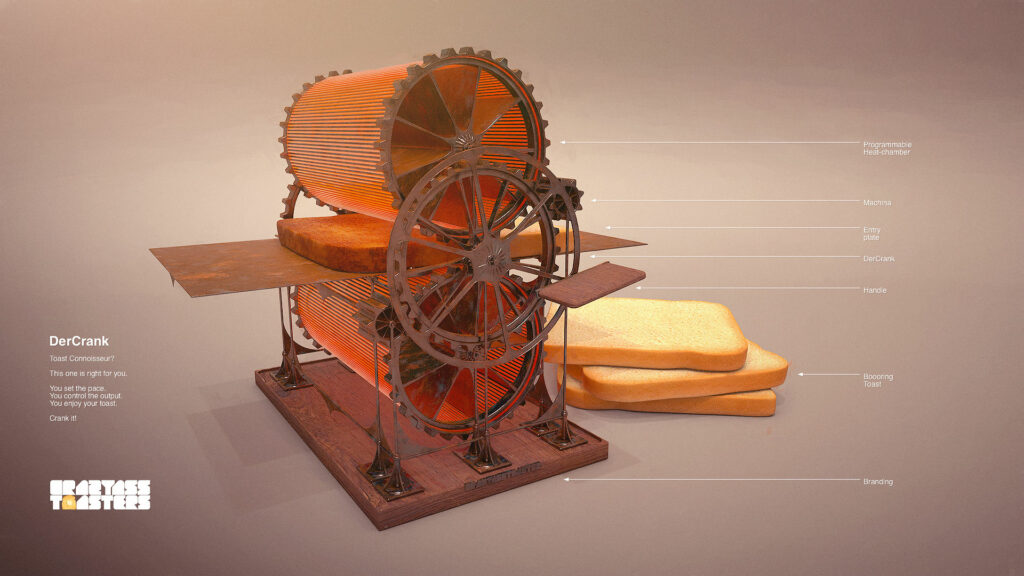
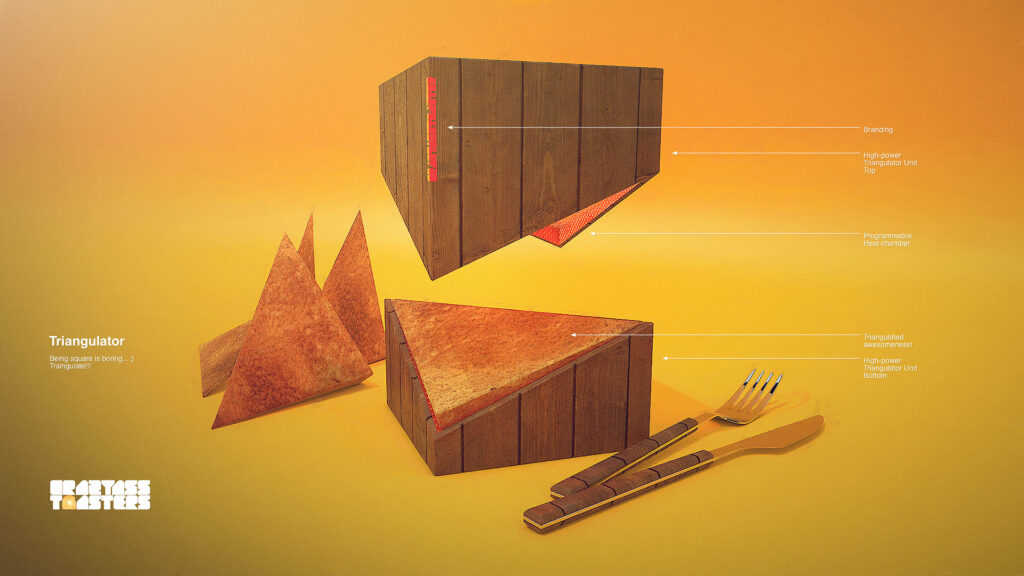

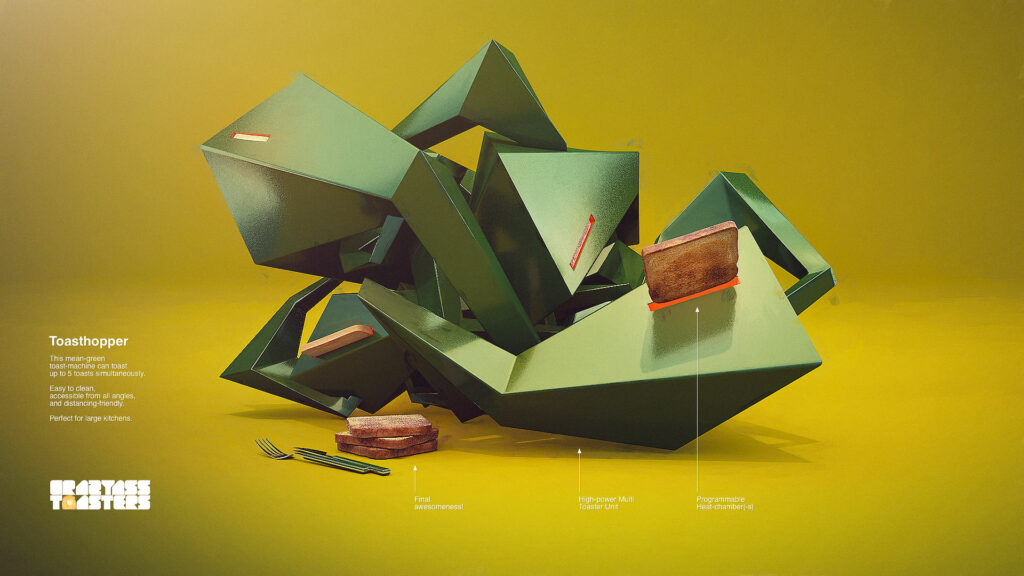
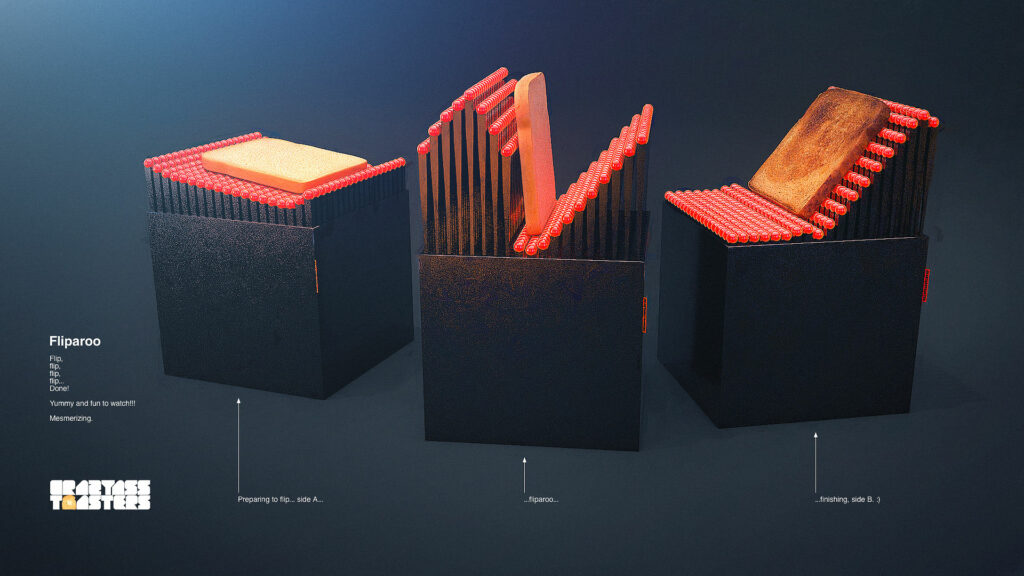

And what works in the things we’re talking about works for us, too, but it’s entirely legal and benefits us. It fills in those gaps, draws a missing piece of the body, and so on. So we took a very practical approach.
We have just released version alpha. But the drive to improve it is still there. We’ve already gone through the phase Whoah! What the hell is going on! And we’ve reached the stage where we think: Fine, but let’s do something really cool that will help people and not just be trending on Twitter.
Technology is constantly evolving. And it is becoming more and more accessible. Today I can generate things on my laptop that I only dreamed of a year ago. And that’s great.
EK: Exactly, there is no point in fighting the change. We need to keep experimenting. Because let’s face it—any technology can be used for good or bad purposes. And while it’s true that the law is lagging behind technological developments, we still have common sense to fall back on. Things will level off eventually.
TO: I work with artists, and sometimes I’m amazed that people with such imagination can’t get out of this kind of closed circle and think there’s no room for anything else inside. For example, there’s Netflix and Disney+, and there’s no room for anything else. But you know that’s not true. There is room for HBO and so many other such platforms. There are so many of us on Earth (something like 8 billion now) that you will find fans of this, that, and even that other thing. If you love making soup and you stream your cooking it somewhere in the world, hundreds of thousands of people will enjoy watching it—the same with AI. There will be people who will love it, and there will be those who will say, You know what, my roaring red stag, oil-painted in the 18th century, is so much better. You keep doing those castles or whatnot.
The future will be so awesome; it’s unbelievable. We will unlock an incredible number of new options that we don’t have today. It’s been this way forever. Only recently, it has accelerated tremendously. Now I work with scientists on a daily basis, and we are committed to getting the technologies we have today in the form of so-called white papers out to people so they can use them.
This is looking ten years ahead. And I look at the technologies we have now and see how primitive they are. It even bothers me—here I’m referring to my DOS analogy—that we write mostly in English, which is a completely crappy approach to art because art should be for everyone, not just those who write in English. It’s a wooden circle. Cool things come out, but this is just one-tenth of what is yet to come.
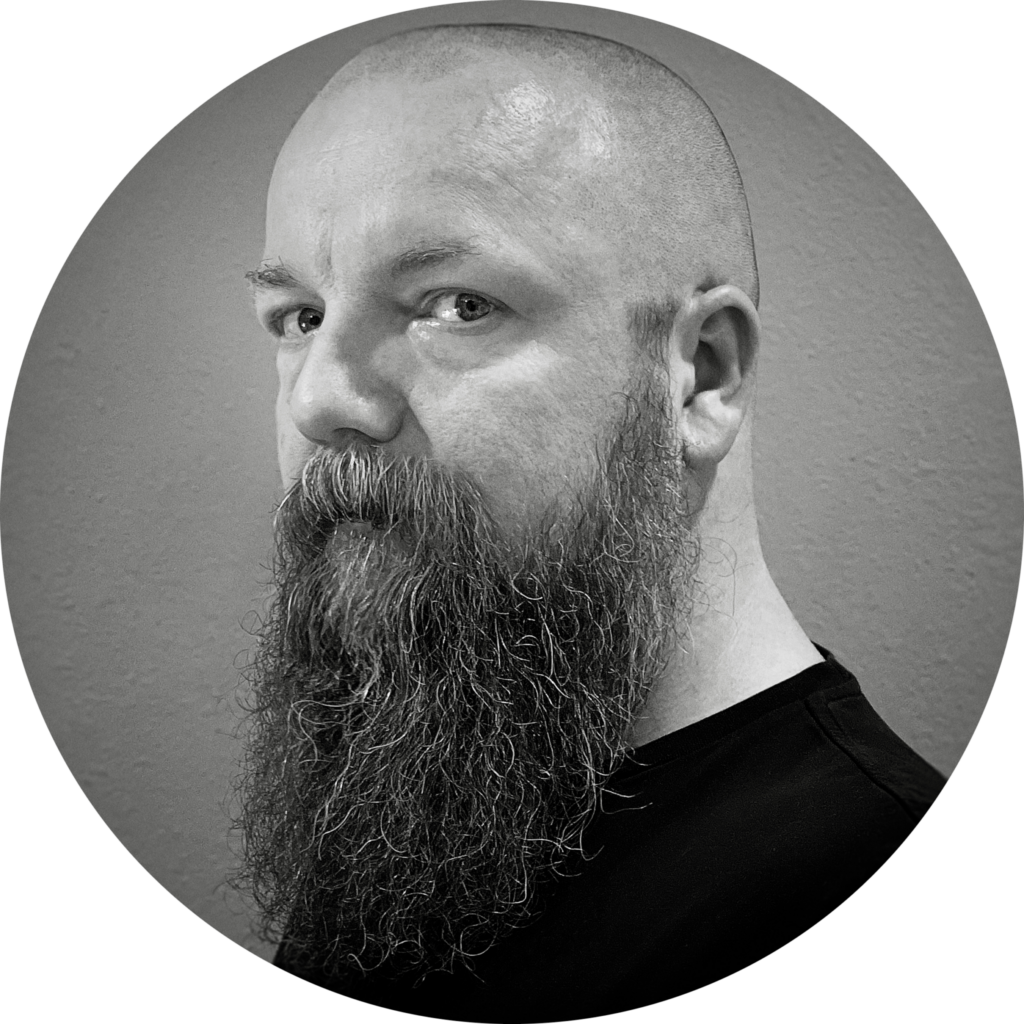
Tomasz Opasiński is a digital artist and a creative consultant with over 20 years of experience working for Hollywood’s most prestigious advertising agencies. Currently a creative technologist at Adobe, he is pushing the boundaries of creative practice with AI and ML. When he is not designing for the future, he enjoys experimenting with different digital art mediums, from 3D modeling and conceptual poster design to digital photography and large-format graffiti art.
